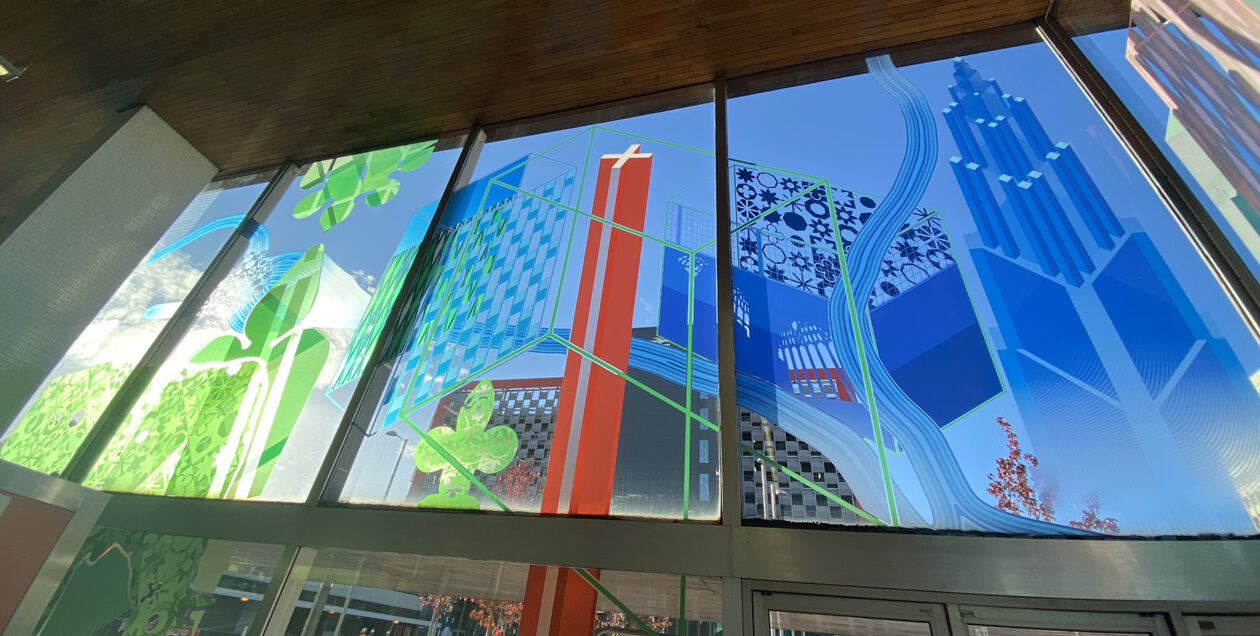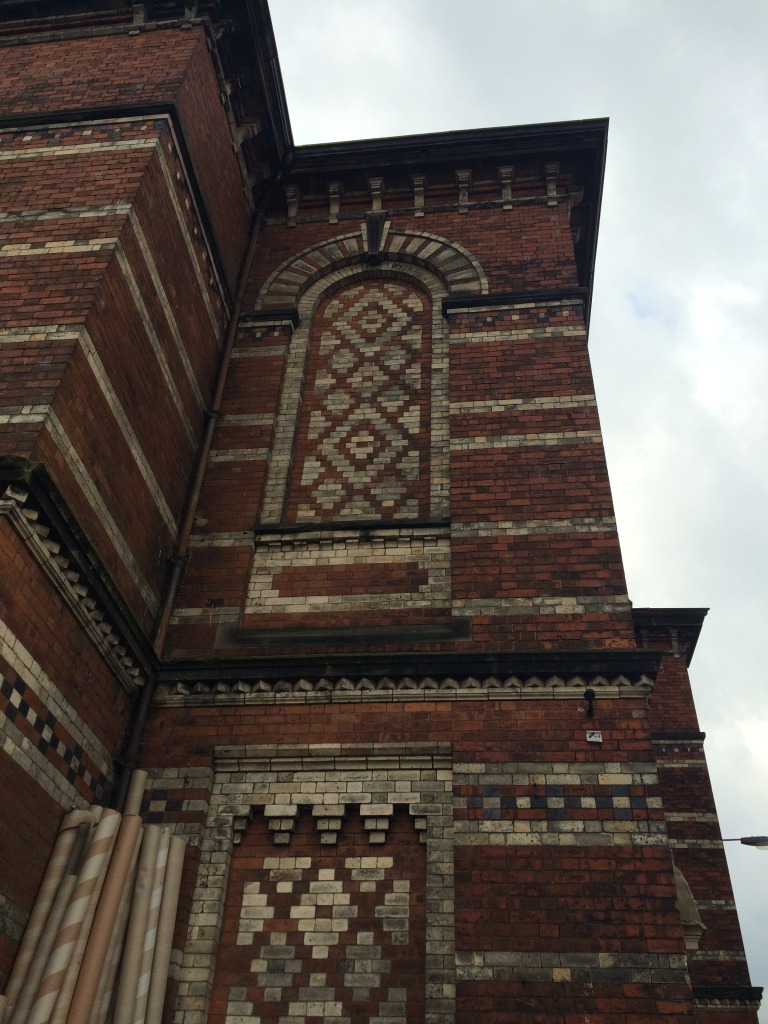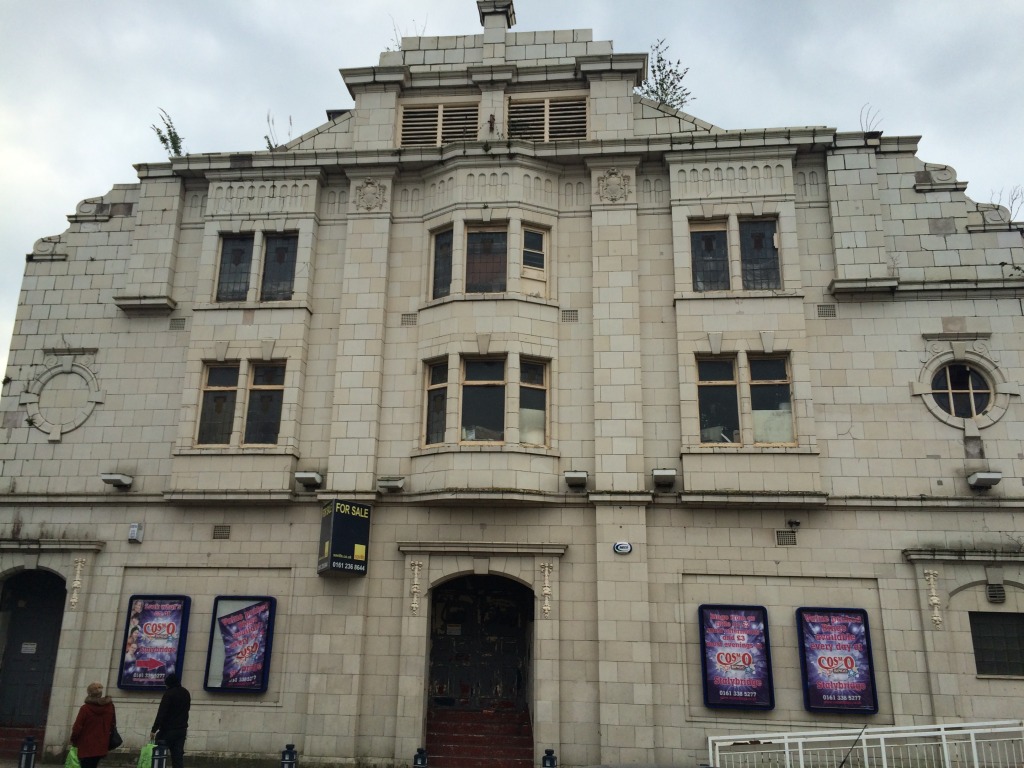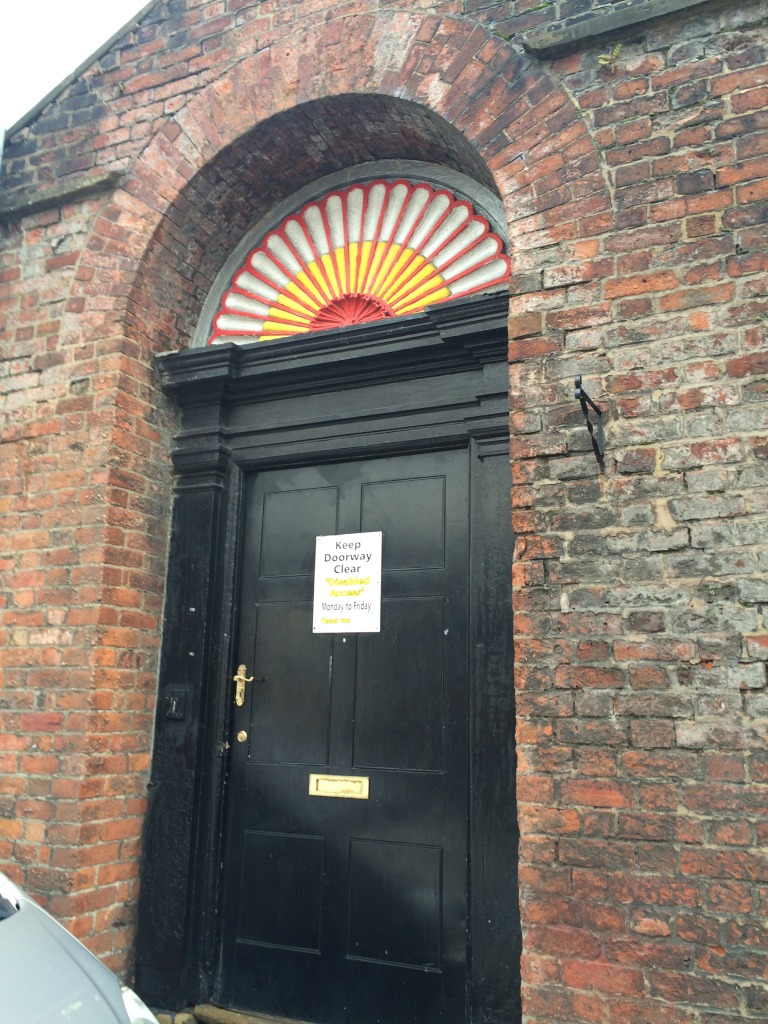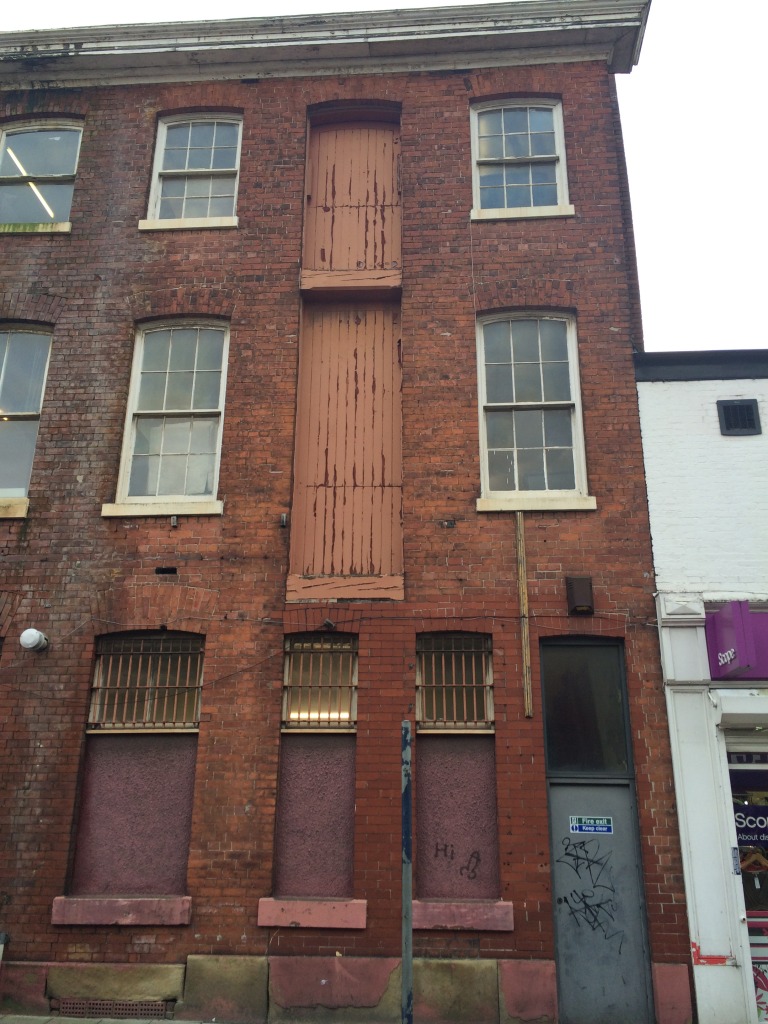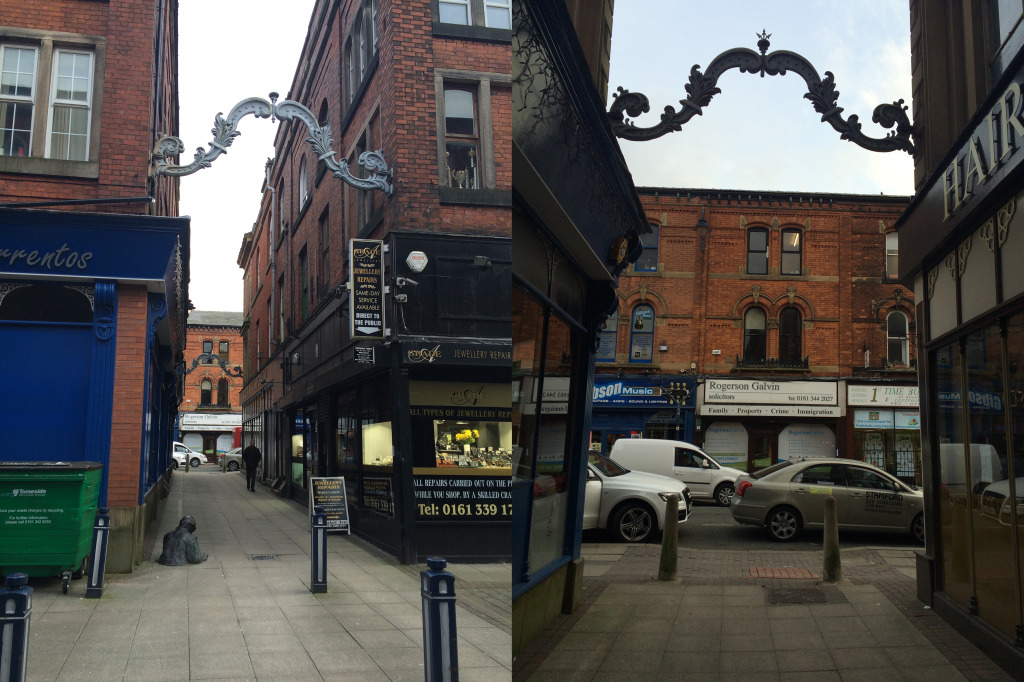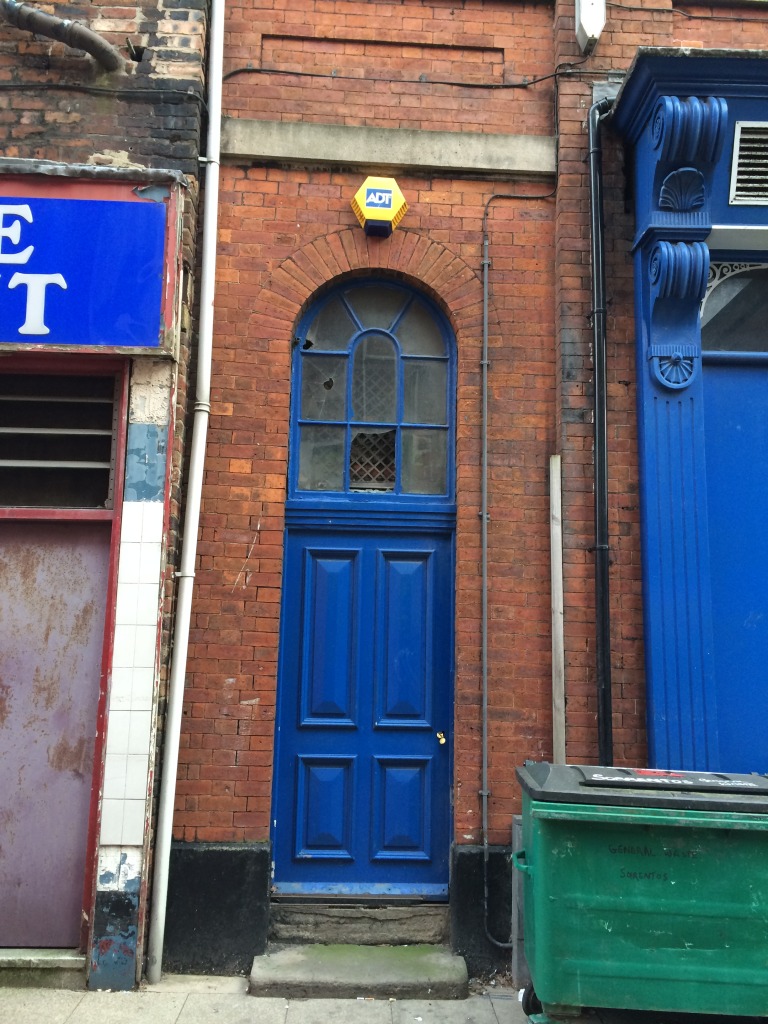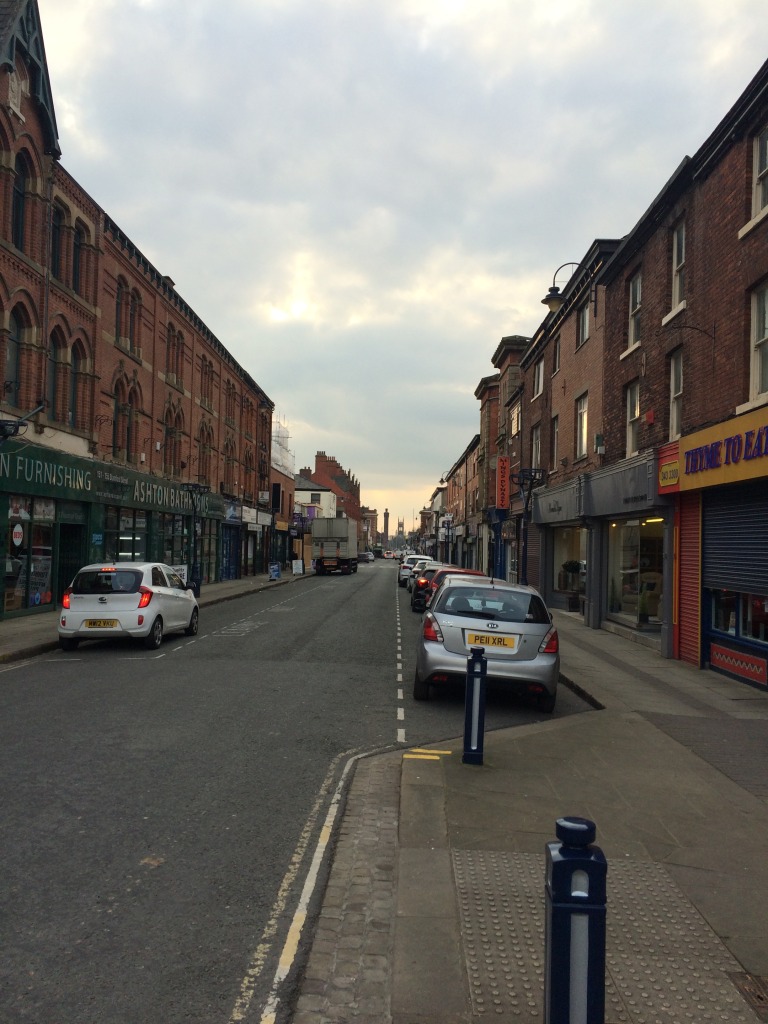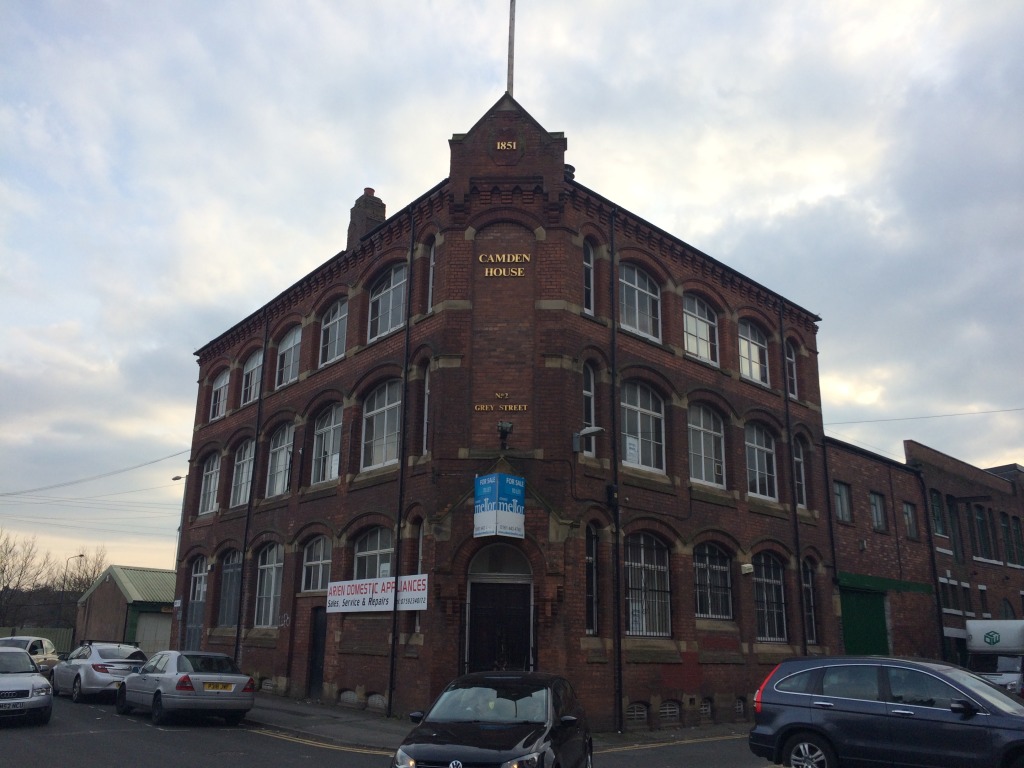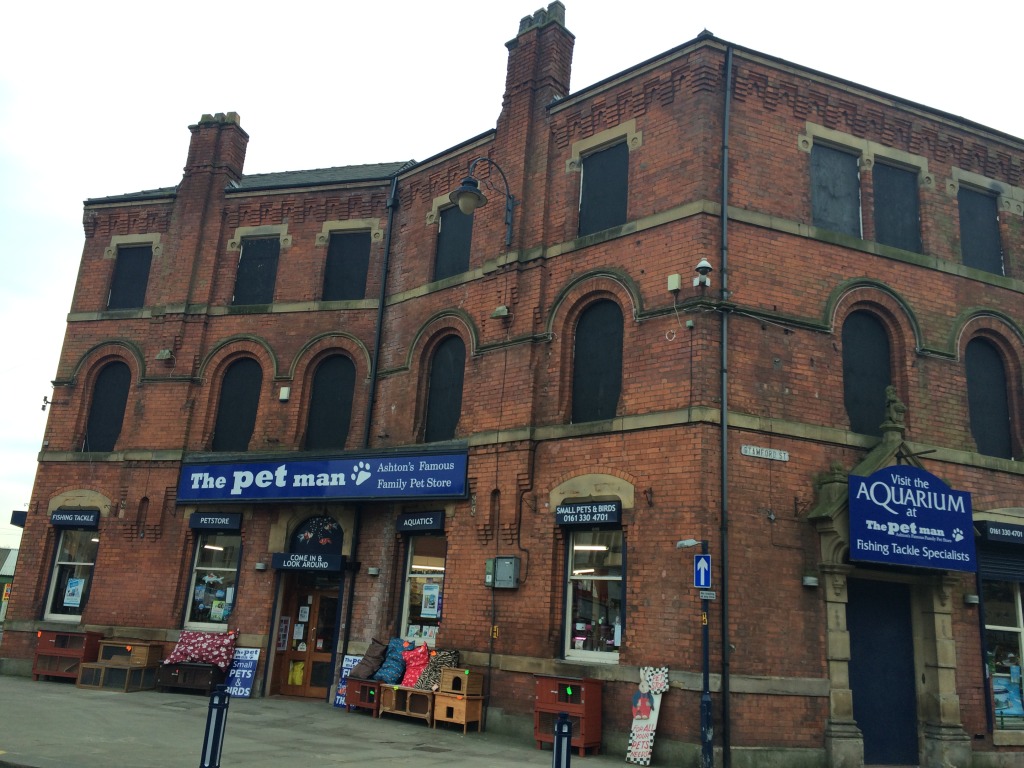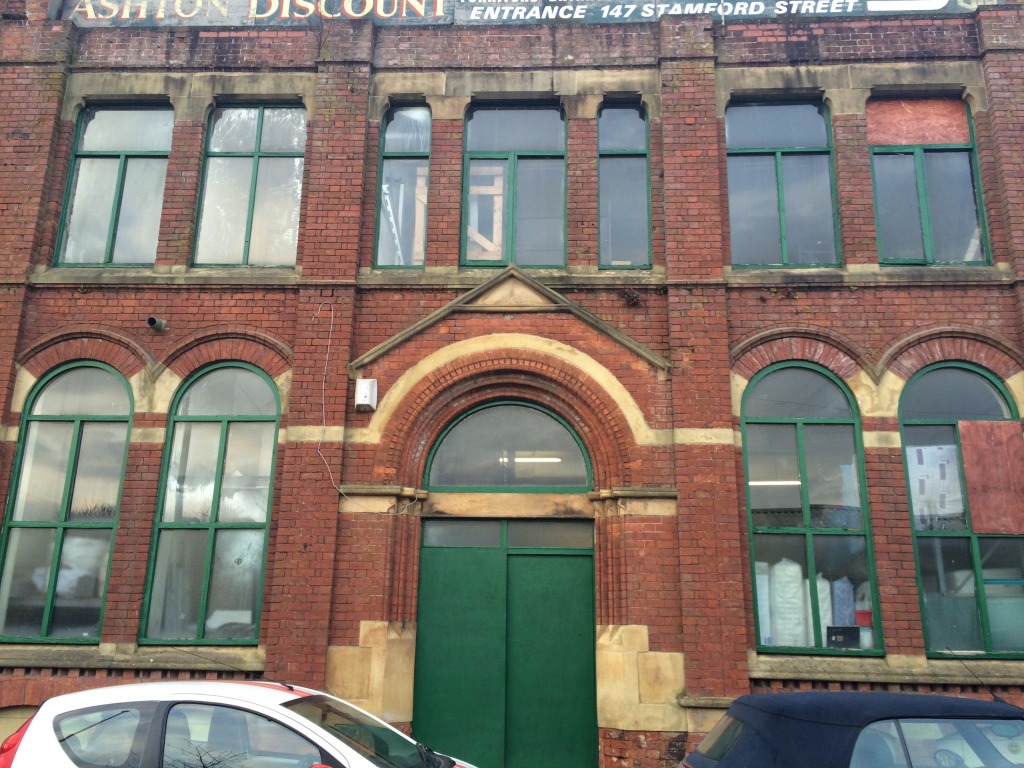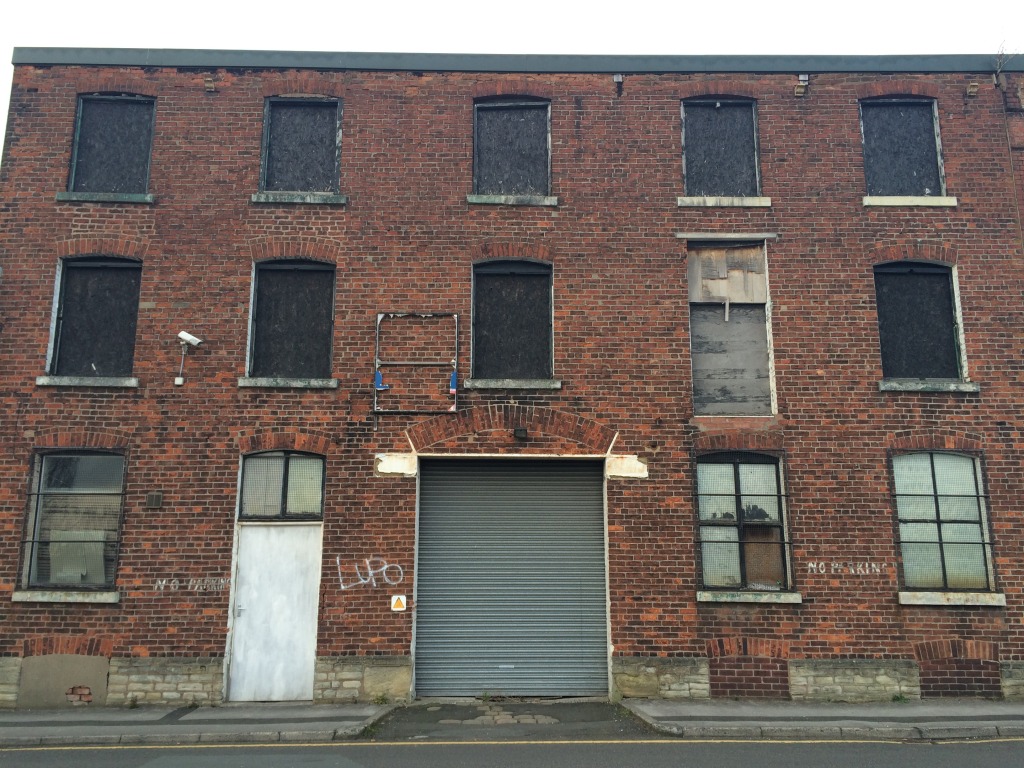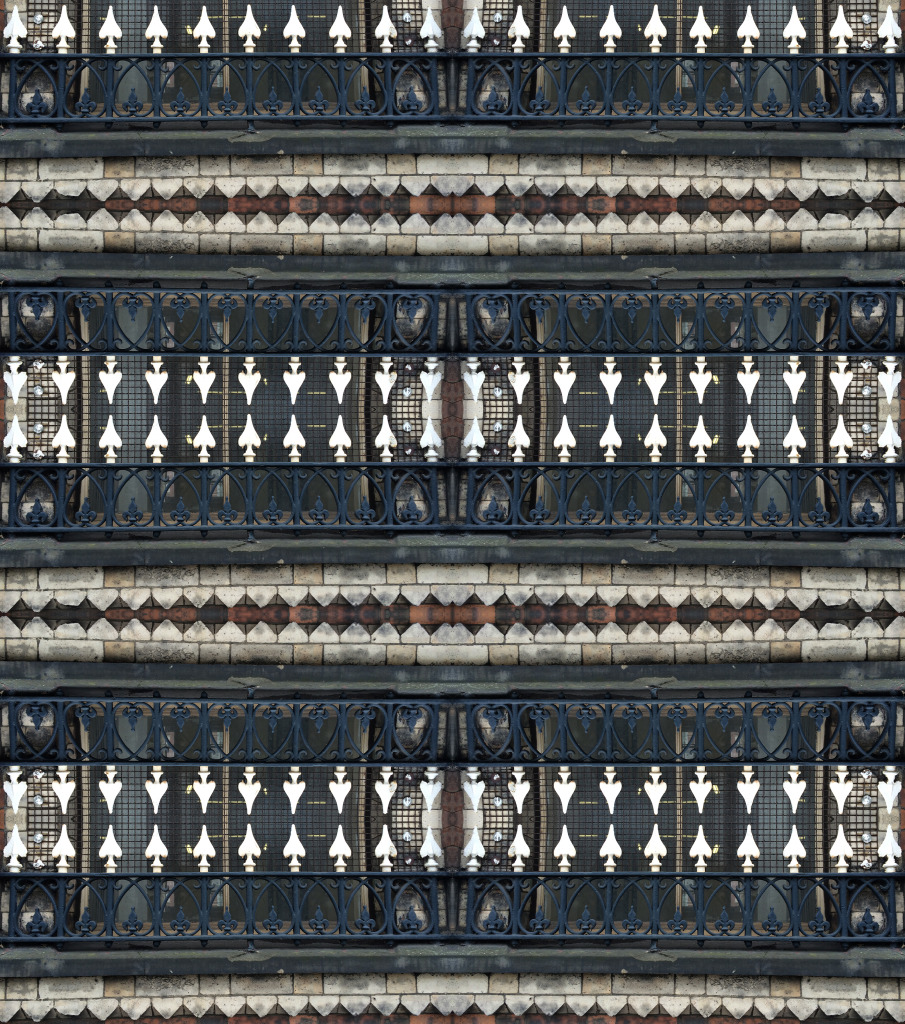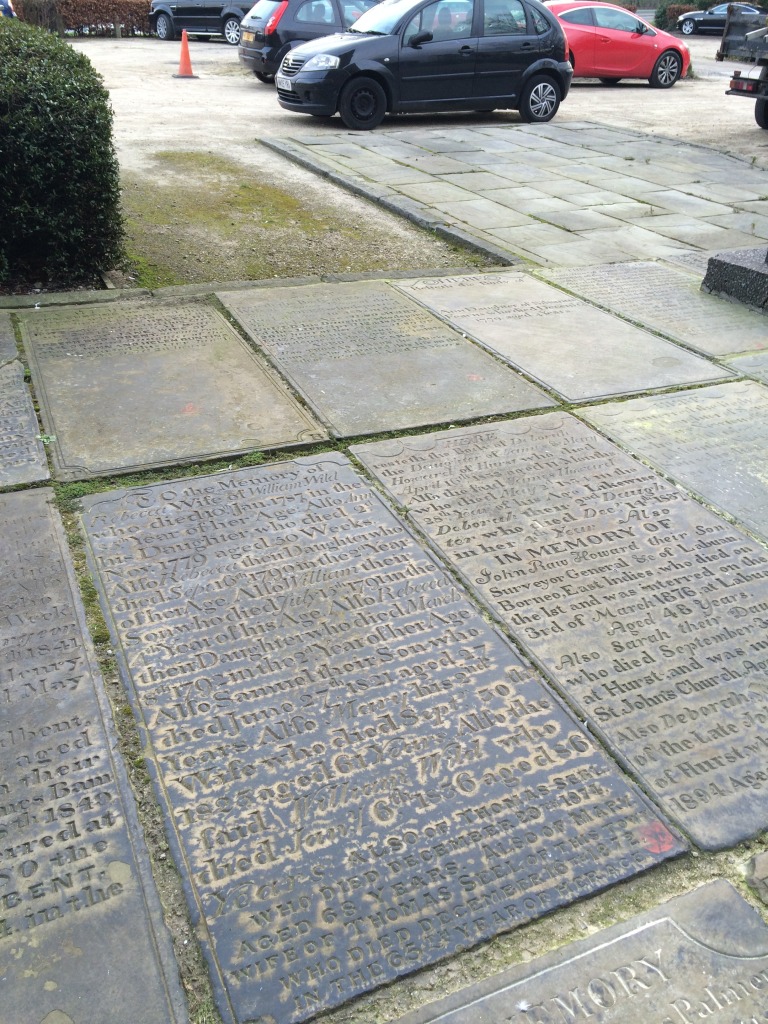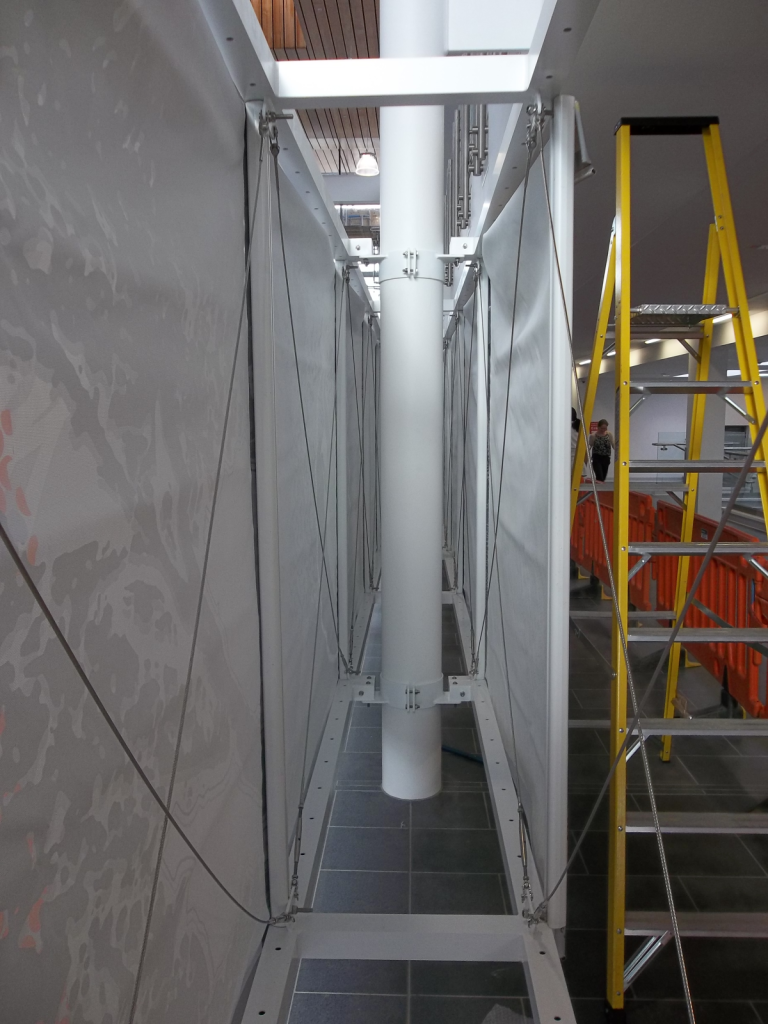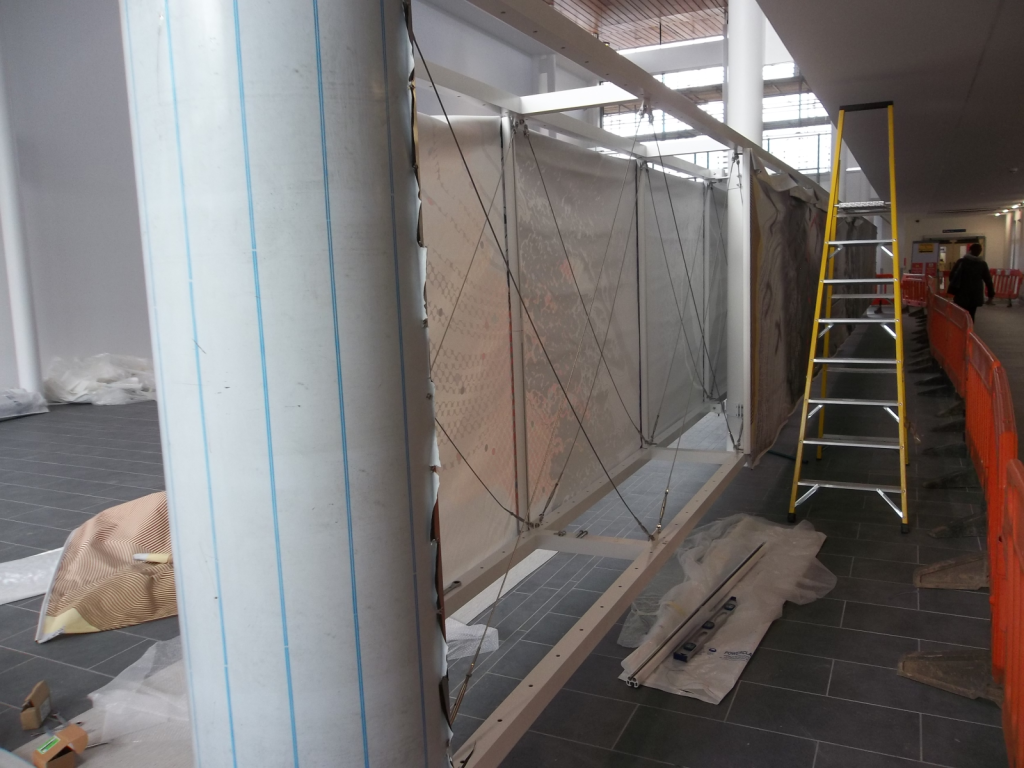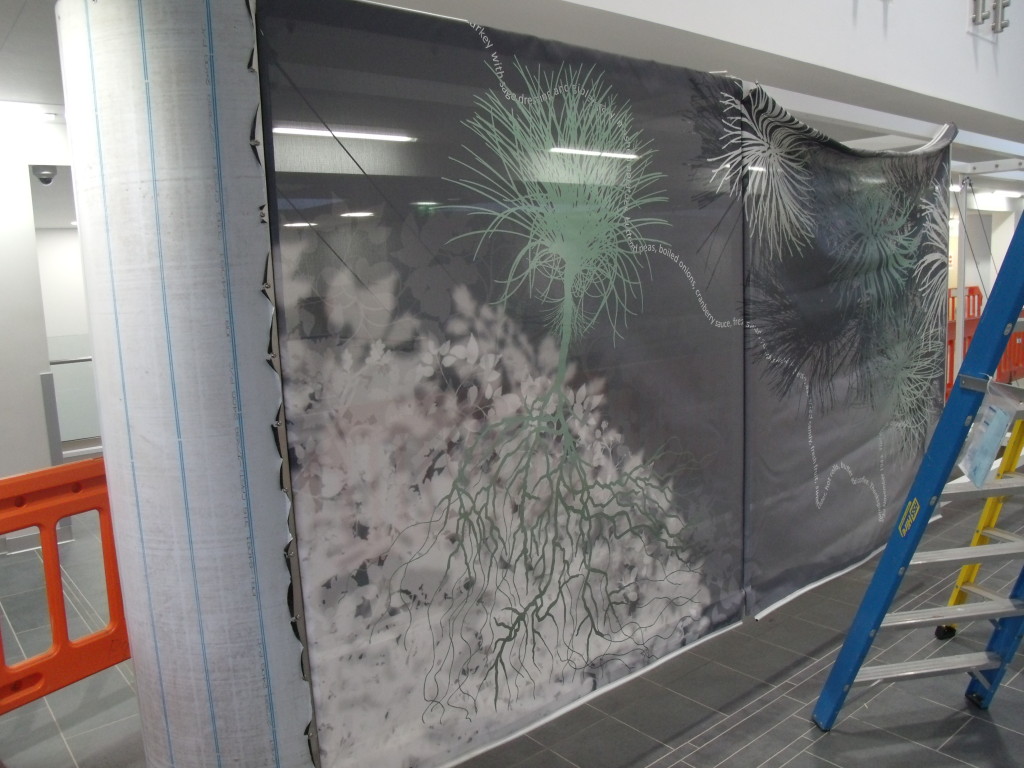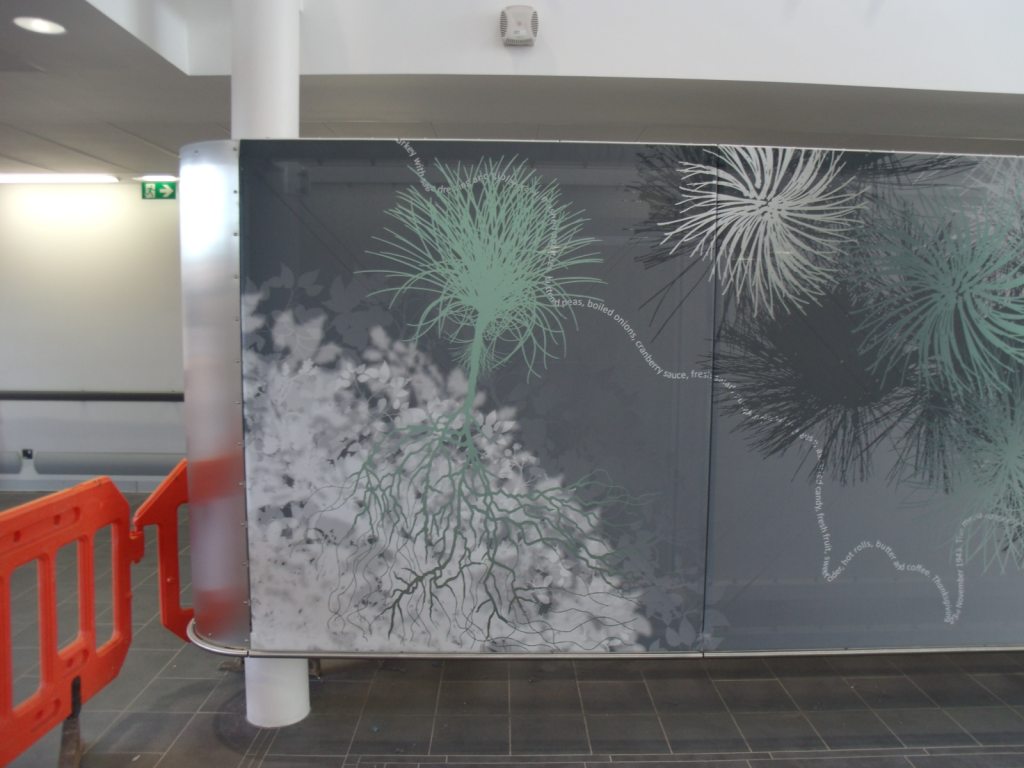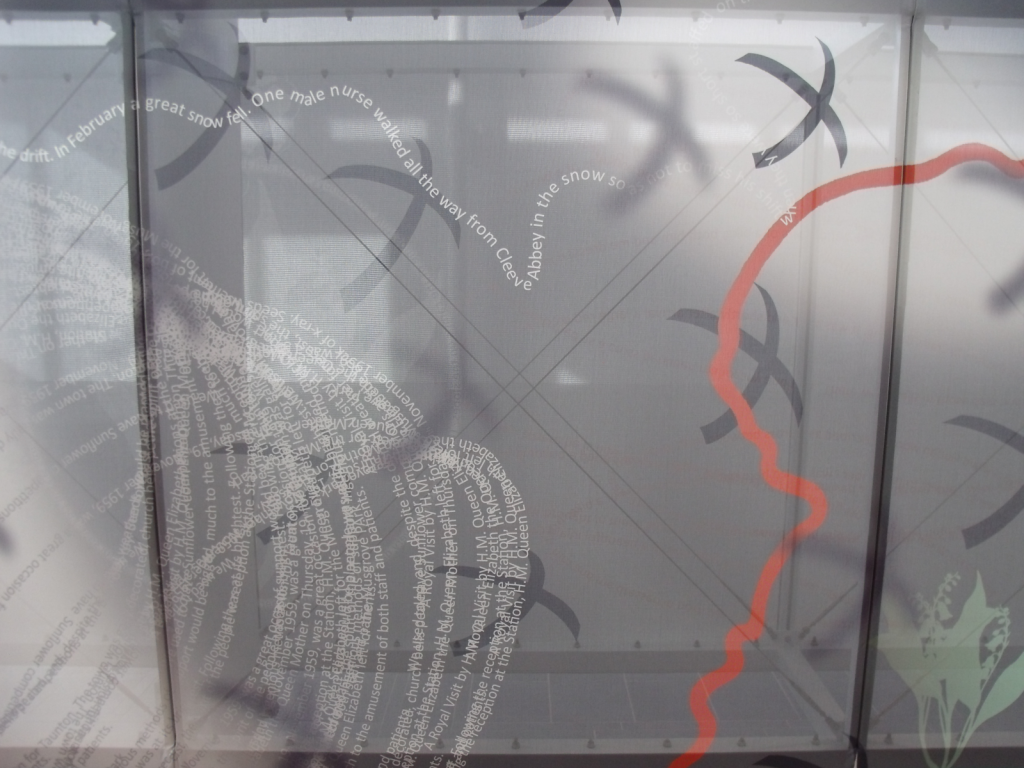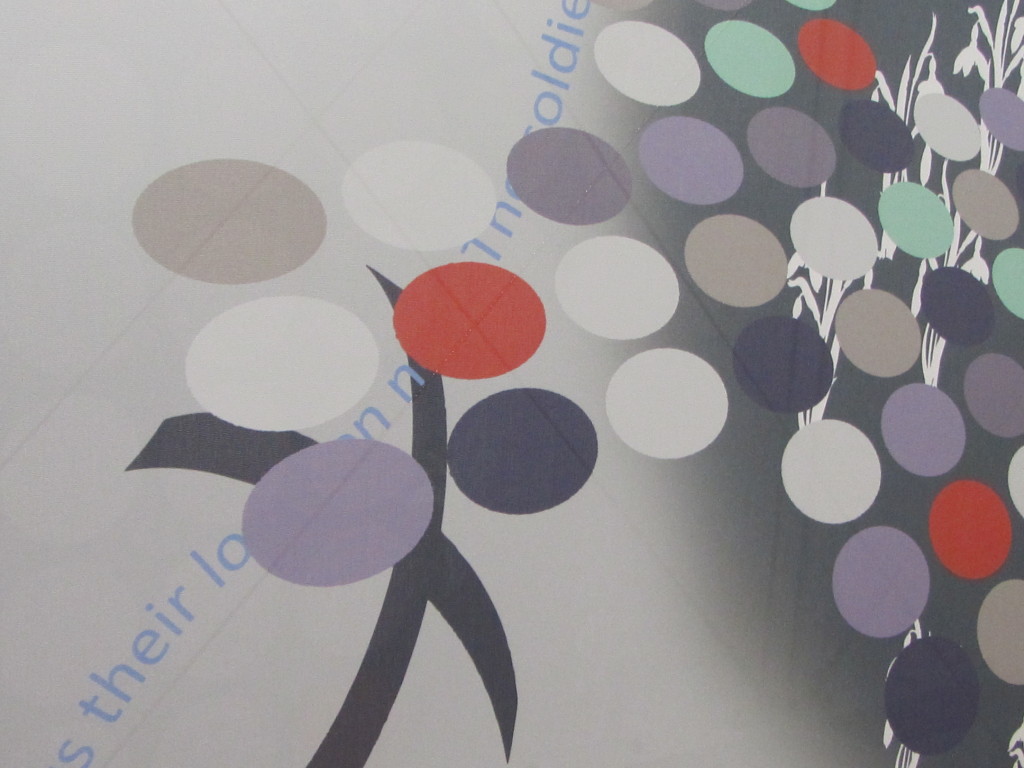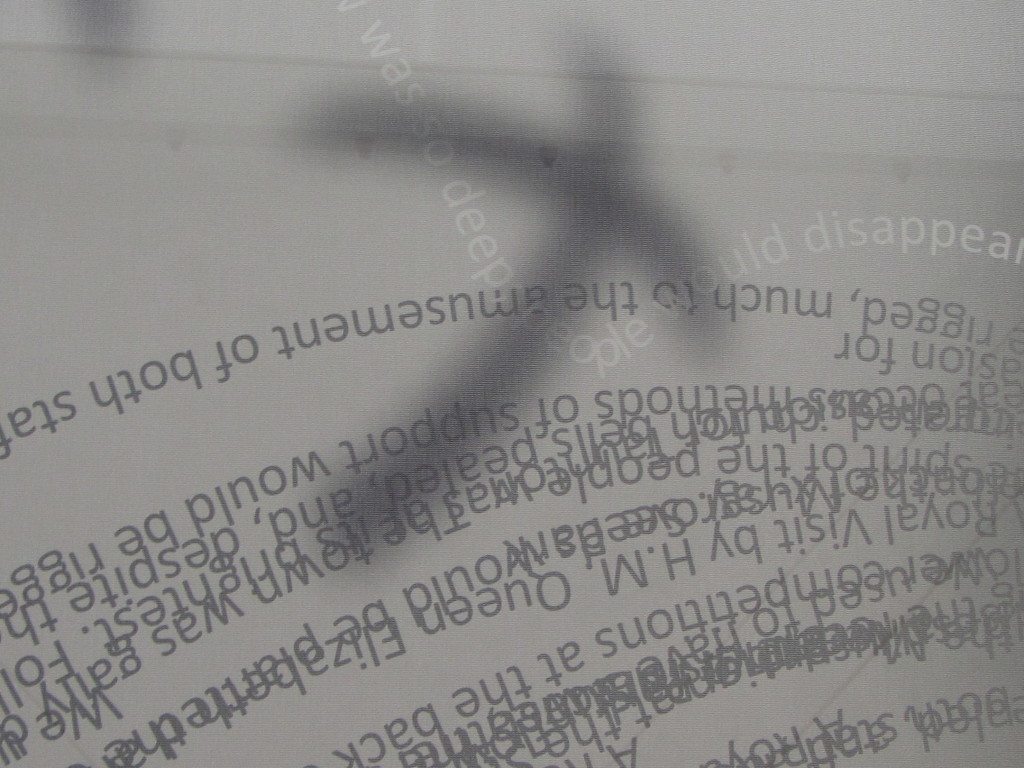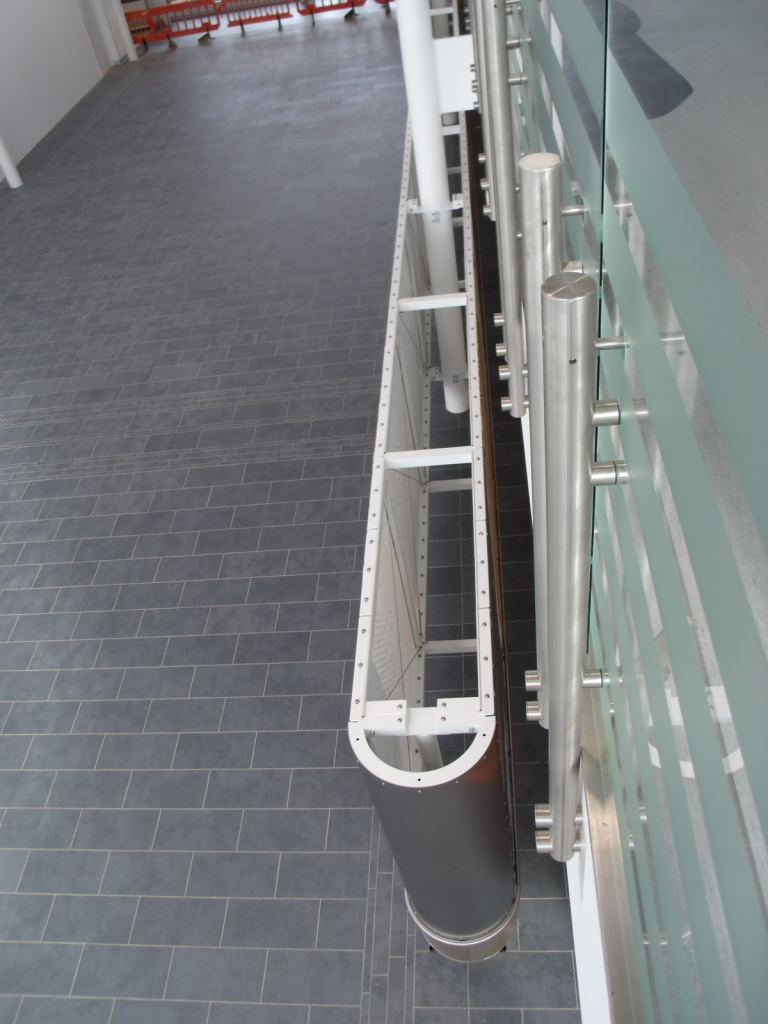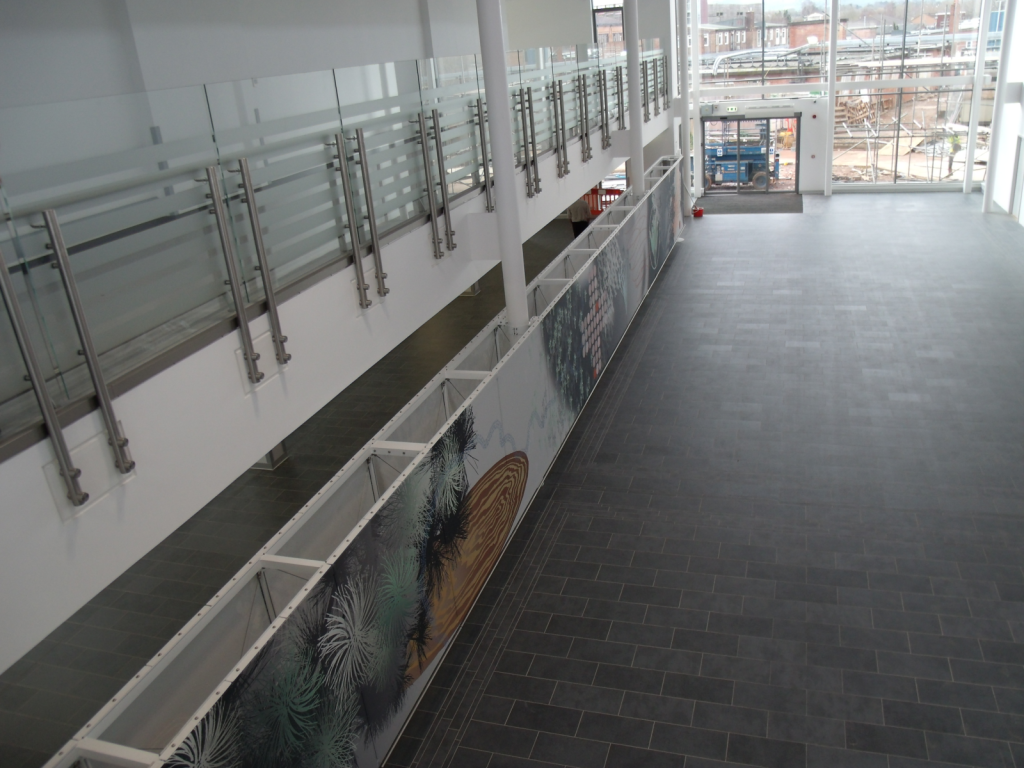Thursday 10th March 2016
In February I was appointed as artist to the Tameside Macmillan Unit project.
The commission was offered by Tameside Hospital NHS Foundation Trust and Macmillan Cancer Environments.
Willis Newson, one of the UK’s leading Arts and Health Consultancies, are managing the arts and interior design strategy and artist appointment for the project.
‘Tameside Macmillan Unit is a medium sized refurbishment project at Tameside General Hospital in Ashton-under-Lyne, near Manchester. Building on existing facilities provided by the Trust and Macmillan for cancer patients, the new unit will include a Macmillan Information and Support Centre, a 6 chair treatment room, waiting areas, procedure rooms and various spaces for alternative therapies’. Text from Artist’s Brief by Willis Newson
Work is due to start on site in March/April 2016 and due to be completed in September/October 2016.
An integrated approach to art, architecture and design is being delivered by Michael Hughes of IBI Architects supported by KKE Architects delivering landscape design.
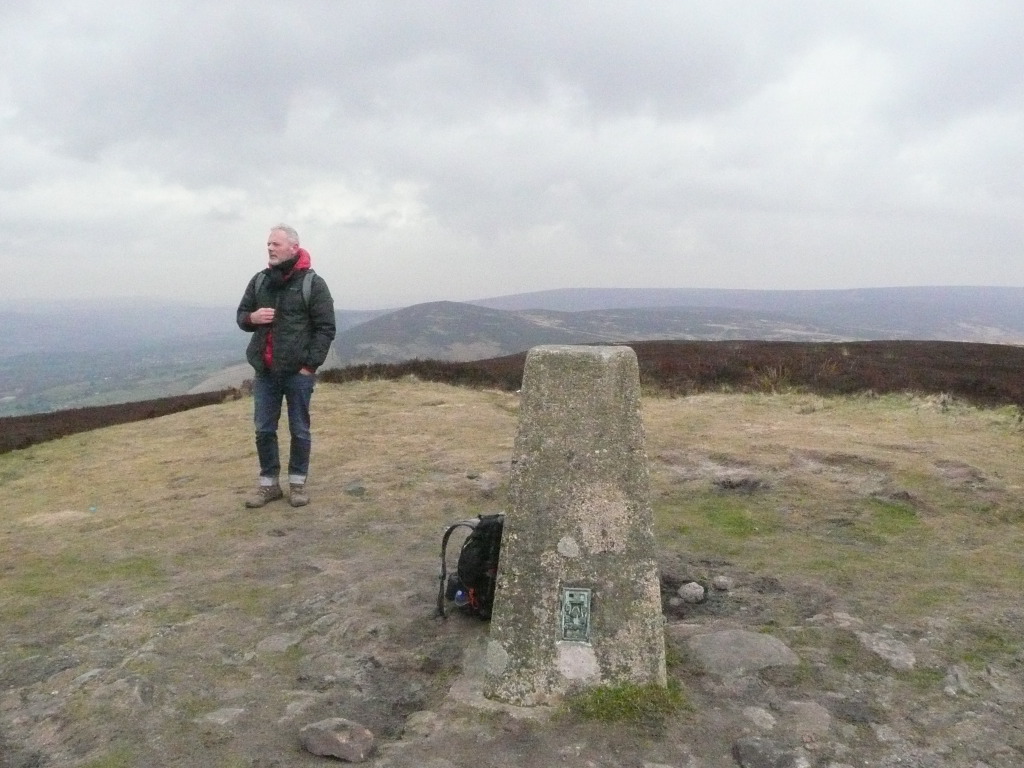
This is me at the top of Wild Bank, Tameside, the highest point on my 12 mile walk with Stewart Ramsden, a member of the project Arts Steering Group, supporting and championing the project – and also Chairman of the Tameside Ramblers.
‘A consultation workshop was held with patient, family and staff representatives to explore opportunities for the art, interiors and courtyard design. The session used creative activities to explore the group members’ personal experience and coping strategies and to identify common themes. Participants shared an appreciation of the value of ‘walking in nature’ as a healing experience and the beauty of the landscapes of Tameside: it was agreed that “Journeys through the Landscapes of Tameside” would provide a good overarching theme’. Text from Artist’s Brief by Willis Newson
It was decided that, due to time concerns and programme, I would base the creative response to the project broadly on a two day visit to meet with unit staff and service users, project architect Michael Hughes of IBI Group, Bronwen Gwillim of Willis Newson & Gareth Llewellyn, Capital Project Manager for the Trust. This was an opportunity for me simply to listen and hear about how cancer services were delivered to patients and how key factors affect that experience and how the environment can really make a difference. We also had a tour of the site – see some images to follow – and a detailed review with the architect of all plans for the work. At the end of Day 1, I walked into Ashton-Under-Lyne, to better understand the setting of the hospital and the community it serves.
